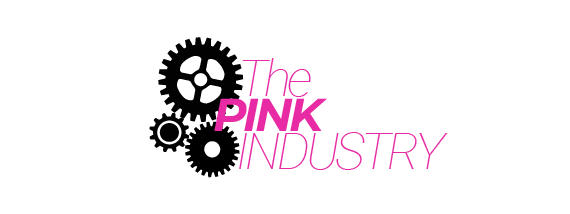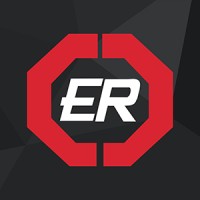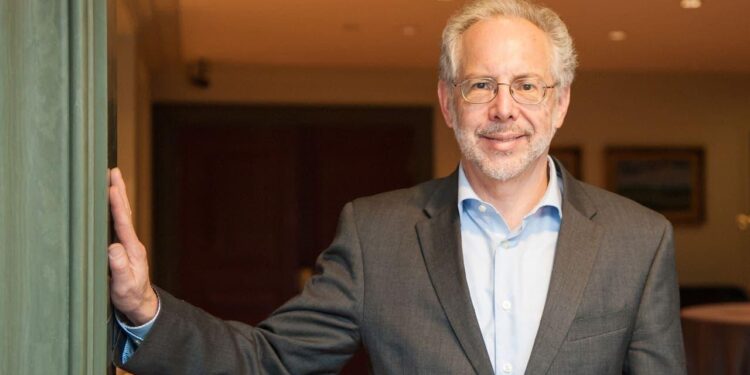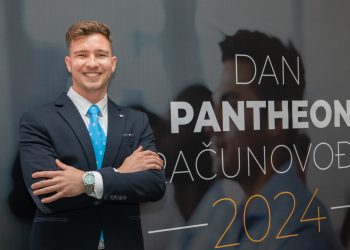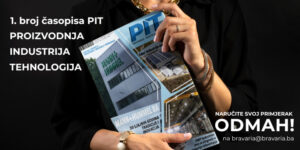In anticipation of the Targer LeanCon 2023 conference, which we are looking forward to, we are also pleased to announce that Targer E&C is in the final preparations for the publication of the first official translation of the book “Toyota way, 2 edition”, adapted to B&H and the regional market.
Not only is this reading professional and with clear elaborations on the topic of Lean methodology, but it is also very easy to understand for anyone who is not an engineer.
Therefore, we do not need to emphasize what an honor it is for us that the author of this great book will be one of the speakers at the Targer LeanCon conference and that we were given the opportunity for this interview.
Jeffrey K. Liker is a best-selling author and award-winning professor of Lean Leadership and an independent authority on the Toyota way, i.e. methodology.
He was the winner of the Shingo Award for research excellence 13 times.
Liker is a professor emeritus of industrial and operations engineering at the University of Michigan and travels the world as a speaker, training and teaching professionals.
The second updated edition of “Toyota way” was published in 2020.
In this interview, we bring you an expert's point of view, part of what awaits you at the Conference, and what can motivate you to simply read this book.
PIT: Was it a challenge for you to write such a professional and expertise book, and yet, so easy to read book, and quite comprehensive to everyone outside the Lean topic? What was the most difficult part for you to bring closer to a wider readership?
“I realized right away that the book should be more about story telling then technical description. By the time I wrote it, I had a good understanding of “The Toyota Way”. I needed to define it in terms of principles, ultimately 14th. But to get to the stories I asked Toyota to approve of the book and to participate. The request went all the way to the Board of directors and they approved and said they would make available to me whoever I wanted to interview. I did intensive interviews and then had to relate the stories to the principles, and make the writing conversational. I learned a lot about writing.”
PIT: The first edition of the book was a great success. When did you feel that you needed to write an updated 2nd edition and what was the main trigger that led you to the assessment that an update was needed?
“The main trigger was that my former student wrote “Toyota Kata” which is a way to develop the skills of scientific thinking through repetitive practice with a coach. I then realized thinking scientifically was the core skill, that Toyota calls problem solving, and what makes all the 14 principles work. So I put it in the center of my 4P model.”
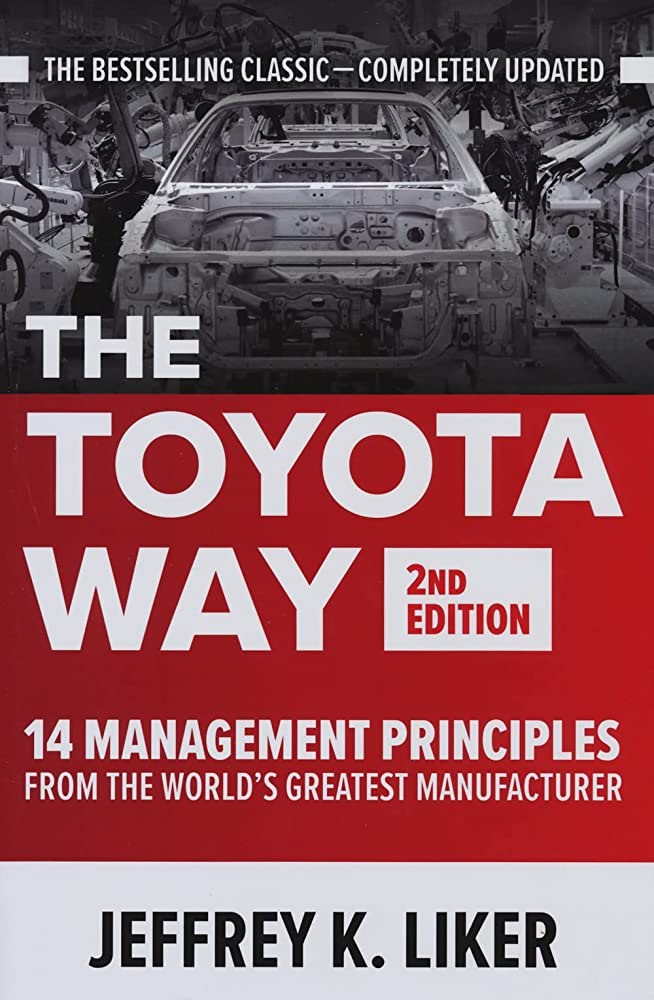
PIT: Why is Lean methodology the choice of leaders? From your expert point of view?
“Roughly you could think of two types of organization cultures as described in the Preface to the second edition. One is mechanistic which view Lean Six sigma as a tool kit to drive out waste and streamline processes. These leaders are focused on the technical system and are expected to implement tools and get short-term results in areas like cost and quality and inventory reduction. The second is an organic perspective which focused on jointly optimizing the social and technical system. These leaders see the tools as aids to people at the frontline who are visualizing problems and using scientific thinking and problem solving to address the problems one by one, continuously improving. They value developing leaders at all levels and this is The Toyota Way.”
PIT: Lean is awareness and like any other awareness on anything, it takes time, stages of evolution, phase of understanding and ultimately accepting and integrating. People, especially business people, need to understand the benefits of this model, but it is not always an easy task. As someone who has been a long-term consultant for large companies specifically in the field of Lean model integration, how was it in your experience? What did the phases of resistance, acceptance, integration, and receiving the benefits of Lean look like? How did you personally convince clients that Lean was THE decision?
“To be honest, we as consultants had limited success in convincing leaders, especially senior leaders, to change their way of thinking. There is the expression that you can bring a horse to water but you cannot make him drink. So even getting these leaders to gemba—where the work is being done—will not necessarily change them unless they want to learn. Then we can engage them and coach them. Unfortunately, more often than not the leaders thought about Lean mechanistically and wanted quick results thinking short term. When we found leaders and culture that truly embraced developing people and taking a long-term view it was a delight and then there was a pull for our support. Mostly on the frontline, like the supervisors, we found them willing and able to learn and truly appreciate continuous improvement and the Lean tools. Our main barriers were at the top of the hierarchy, leaders pressured to get short-term results.”
PIT: The Lean model may be primarily intended for business people, but it’s deep philosophy, systematic approach to the analysis of each individual task, demanding excellence at all times is equally possible and necessary to integrate into everyday life. Do you think it is doable and what can we all do about ourselves on the way to that excellence? Is it a matter of character or is there a way for everyone to do it if they (want to) do it?
“It is very common that when we coach people and they begin to understand the benefits of things like standardized work, 5S, and learning to coach instead of telling, that carries over to their personal lives, including volunteer activities, perhaps leading a church group, or in their family. Leaders who go through intense training almost always report that it changed the way they lead and made them better people and family members.”
PIT: You know that Targer E&C company is the originator of the integration and implementation of this model in the industrial market of Bosnia and Herzegovina, and that the hard-working Targer engineers train and advocate this model every day as the ultimate, true and without a doubt path that leads to excellence and success. What would you recommend to our engineers in terms of how to easily approach industrials who do not have much knowledge about the Lean model and offer a lot of resistance, how to convince them of the benefits they will have thanks to Lean, and on the other hand, what would you recommend to all industrials and representatives of the economic sector who read this interview, why do they need Lean? In the end, how to convince SMEs managers and totally non-productive companies, that Lean is for them too? Your expertise in this area will certainly come in handy.
“To be honest I am not the best at convincing anybody of anything that they do not want to be convinced of. We distinguish telling from coaching. Telling might get people to shake their head and say they understand, but it rarely changes daily routine behavior. For that people need to learn by doing, with coaching. Coaches challenge, teach fundamental skills, and then guide through questioning rather than telling. But this takes time, more like months than hours or days. Certainly seeing Lean in practice in a company like Targer may generate some awareness and a desire to learn more. If someone did an internship at Targer or participated in Kaizen activities, it would have an even greater impact.”
PIT: Where do you see the future of TPS and Lean?
“Actually I am part of a group led by Toyota and the Lean Enterprise Institute to try to address just that issue. The concern is that people like Jim Womack, and John Shook and Mike Rother, and I are getting old and we need young blood as thought leaders. So, Toyota is working with universities to try to support the next generation of academics leading the intellectual side and writing about it. Toyota also has TSSC (Toyota Production System Support Center) in the United States and they work directly with private companies, educational institutions, hospitals, and charitable organizations helping them set up model Lean lines in their own places so they can experience Lean and continuous improvement. Toyota is intensively focused on bringing Lean into software development, for example to write code for autonomous vehicles, and learning a lot about that. There are many efforts to understand how lean and digitalization can support each other. So lots being done, studied, and in process.”
We hope that this interview intrigued you enough on the topic of Lean methodology and that you will dare and buy this book as well as join us at the Conference on June 22nd and 23rd in Banja Luka.


